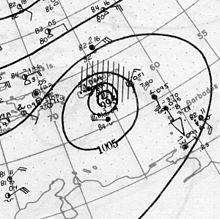Written by the TreasureGuide for the exclusive use of the Treasure Beaches Report.
Have you seen these treasures? British Museum reveals types of items believed to have been stolen
Images provided by the museum are only similar to items that are missing, but have been released in the hope that individuals who believe that they may be, or have been, in possession of the missing items will get in touch with information...
---
 |
| Nice Guerlain Bottle Found by John C. |
John C. found the above bottle. Below is what he said.
I think it was the Tuesdays post, where you had mentioned, and showed a picture of a perfume bottle. It reminded me of the one I have, that i found during hurricane Sandy, back in 2012. There was a really big cut,in progress, on the Space Coast, and it had slid about halfway down the dune face. I quickly grabbed it with my shovel before the next wave hit. The first thing I noticed was, an embossed image of, what looked like an angel, second thing I noticed was the nasty dark liquid that was still on the inside. The stopper looked to be sealed tight,
1853, BESPOKE AND THE BEE BOTTLE
Pierre-François-Pascal Guerlain dedicated the Eau de Cologne Impériale to Empress Eugenie, the wife of Napoleon III, thus earning him the title “Official Perfumer to His Majesty”. He entrusted the Pochet du Courval glassworks with the manufacture of a bottle adorned with the Empire's bees, painted in fine gold, and a festoon motif, inspired by the Vendôme column. The Bee Bottle was born...
Source; La Maison Guerlain · History · GUERLAIN ⋅ GUERLAIN
That site goes on to present serveral other steps in the company's history and shows some of the landmark bottles. The site doesn't, however, show any bottles that looks like John's find.
I found a similar bottle on eBay but with the paper label offered for over $200.00.
Here it is with the label.
The opposite side is the side shown of John C.'s bottle.
Perfume bottles are popular collectibles, and Guerlain bottles are known as some of the finest.
Great find John.
---
 |
| Source: SurfGuru.com. |
The surf chart changed since yesterday. We have a north wind Friday evening, and it looks like a cold front is coming.
Saturday the surf will be up and the high tides pretty high.
Good hunting,
TreasureGuide@comcast.net




























